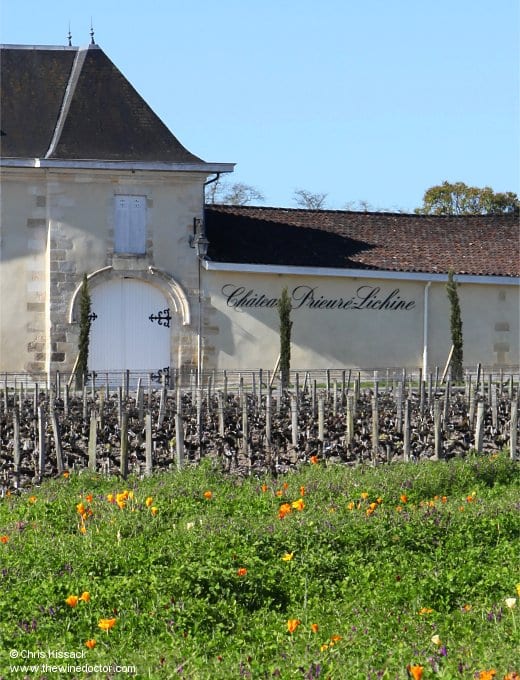Château Prieuré-Lichine
From now on, I shall not be able to look at a bunch of grapes without seeing him (Lichine) and his big dogs, so found of the parish priest’s chickens. In this context, an agreement has been reached whereby the priest is to receive one bottle of wine for every chicken killed by his dogs and he will celebrate a special Requiem Mass for each dog killed by one of the chickens.
– Art Buchwald (1925 – 2007)
So wrote the American humourist Art Buchwald of Alexis Lichine in the visitor’s book of Château Prieuré-Lichine, and it is only right that I open this profile by casting the spotlight in the direction of Alexis Lichine. For many years he and Château Prieuré-Lichine were effectively synonymous, as for much of the second half of the 20th century one was the proprietor of the other. Alexis Lichine rescued this now-renowned property from a state of ignominy, during the 1950s, when it boasted nothing more than a nubbin of vineyard and some dilapidated buildings.
As always though, we should not begin with this relatively recent tale of revitalisation. Instead, let me first look back to the origins of this vineyard, which begin in an ecclesiastical fashion, with the Benedictine monks of the Abbaye de Vertheuil, near St Estèphe.

Please log in to continue reading:
